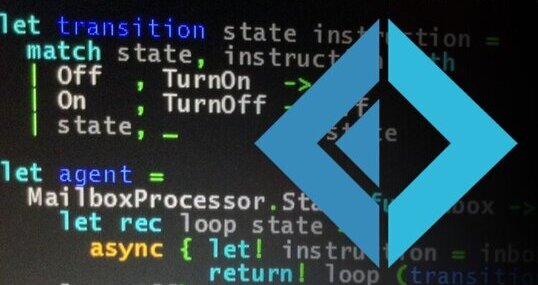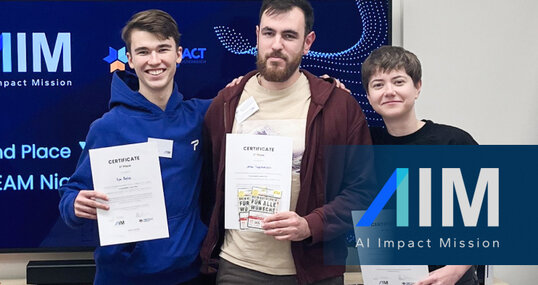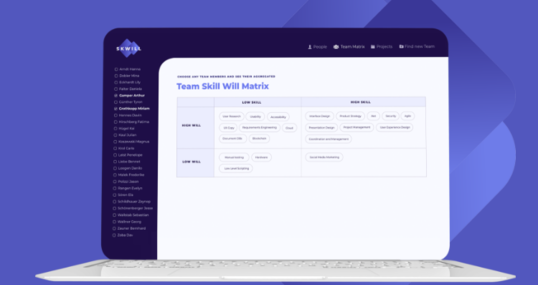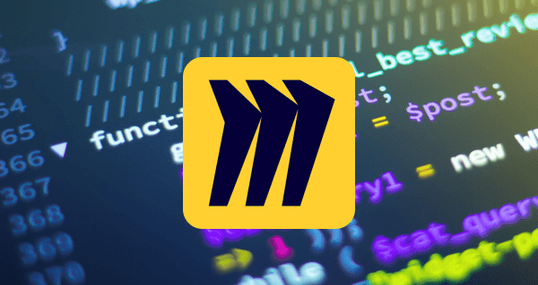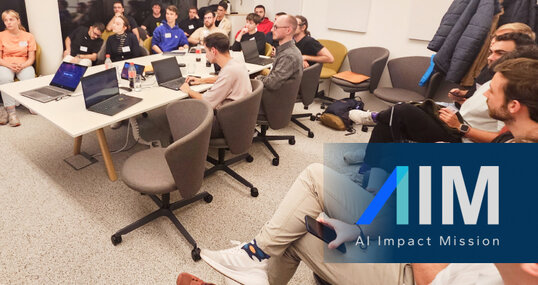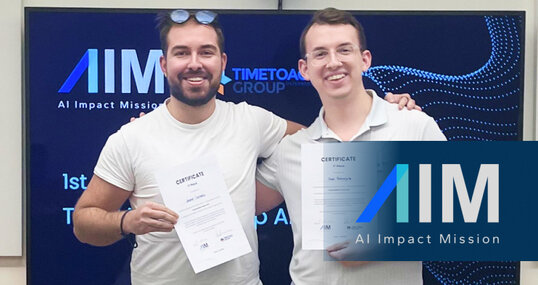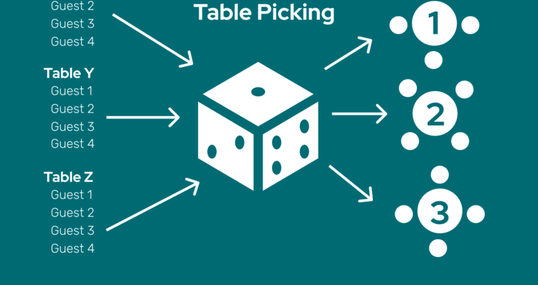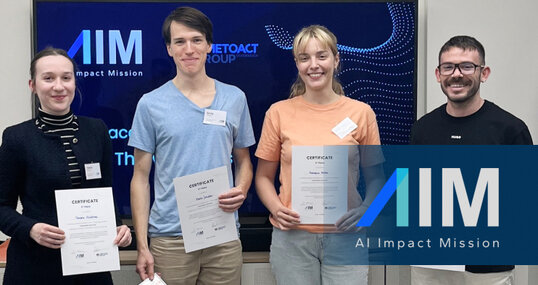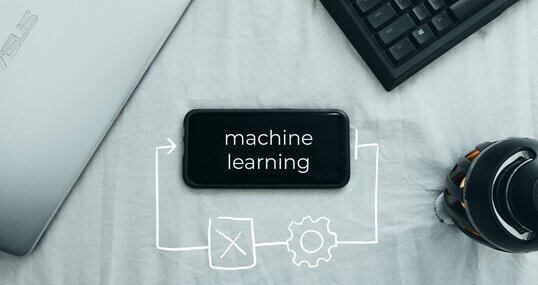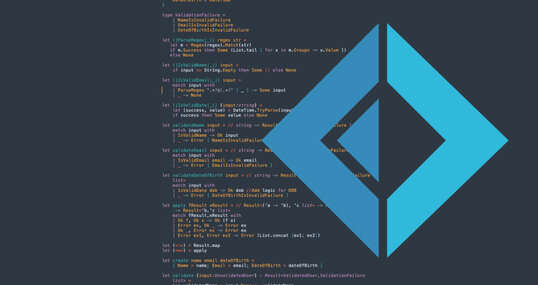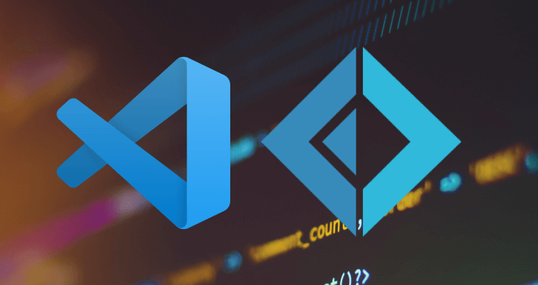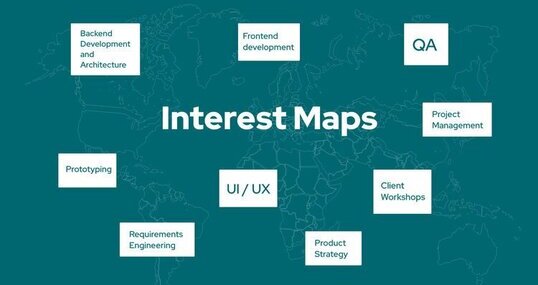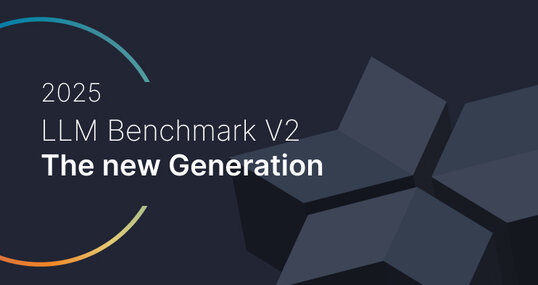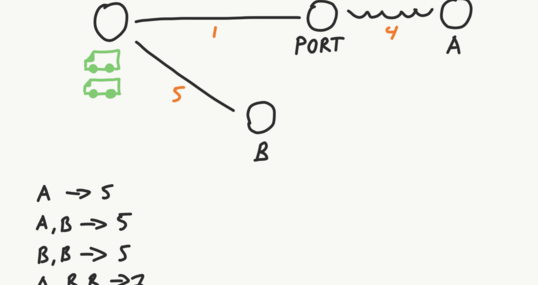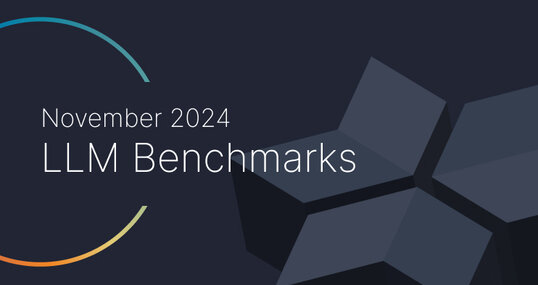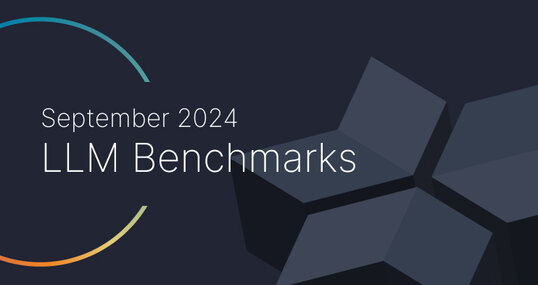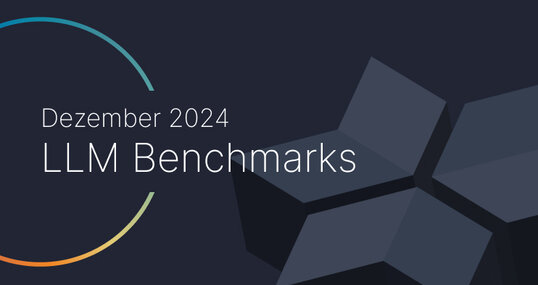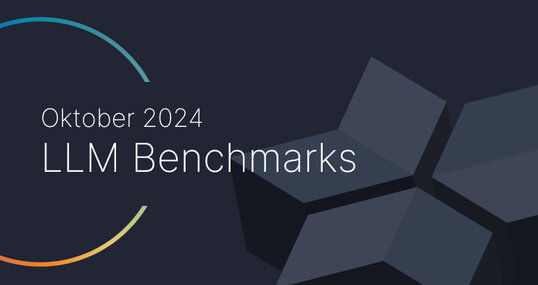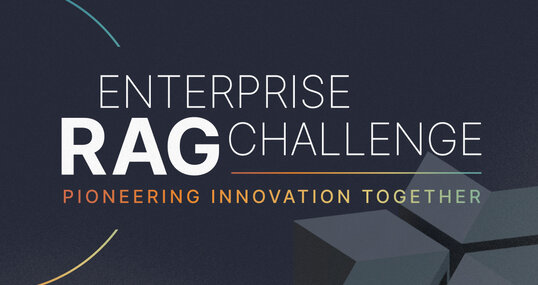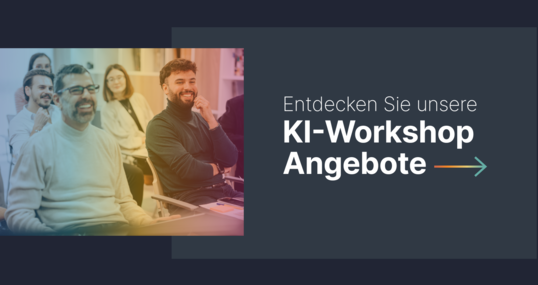On Saturday August 7, I released a book called Essential Functional-First F# on LeanPub, a self-publishing platform. It is based on two series of blog posts that I've written for the TIMETOACT GROUP blog:
Introduction to Functional Programming in F#
Introduction to Web Programming in F# with Giraffe
I had a clear picture of what I wanted the first three posts of the Introduction to Functional Programming in F# series to cover. Once these were completed, I wrote a list of what I thought the series should cover over an indeterminate number of posts. I spent a few weeks thinking about how I could best cover everything else on my list and came up with a rough outline for nine further posts. Then came the hard part: Coming up with code samples that show what you want folks to see and little else is very hard. Most of the time spent writing the blog posts was spent coming up with 'perfect' code samples. I tried to make the blog posts similar in size but there is some variation. Even at this stage, I had a plan at the back of my mind to turn the blog posts into a book.
I don't remember what the trigger was for me to actually start the process but less than three weeks ago, I started to bring the book together.
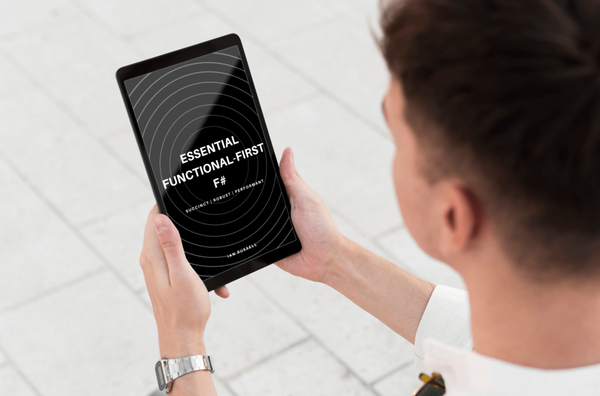
Tools
My blog posts were written in the limited Markdown that SquareSpace, our blog provider, supports.
The book was written in Markdown using Markdown Monster. It has a text editor and a side by side view of the rendered page. It also now has a spell checker! I did try Visual Studio Code and that works well but Markdown Monster was better for me.
From Blog Posts to Book
I chose to self-publish via LeanPub.com who offered a free option but the web editor is not very functional. I ended up doing a lot of copying and pasting from Markdown Monster to Leanpub.com. On the free version, you are limited to twenty generations of previews or publications per month. They also generate numbers against the lines in the code samples which can only be removed by paying a subscription.
Initial Draft
I copied the Markdown from the blog posts into the editor on Leanpub.com and generated the first preview version of the book. I then spent the next two weeks reworking the code samples so that they all work in Visual Studio Code, fixing any spelling or grammatical errors and adding additional explanations for names and concepts. I initially chose the wrong base format, so the code samples were too big and had too many line wraps. Changing to the Technical format fixed that and reduced the size of the book by twenty-five percent.
Reviewers
I put out a request on Twitter for reviewers and got twelve people. I chose that many because experience tells me that a few will drop out and so it proved. I ended up with six people who were a great help in tidying the book up.
I'm pretty good at spelling and grammar, or so I thought. Getting reviewers to go through the text and the code to find things I'd missed was very useful as they discovered more than I'm happy about! The biggest negative feedback was about the numbering on the code, so I paid my $8.99/month subscription and changed the setting to remove them.
Publishing
Given that it was originally a set of blog posts, I thought that the best approach would be to self-publish for a suitably low price. I also decided that I would donate my author's royalties to the F# Software Foundation as they needed it far more than I did.
Conclusion
I've ended up producing a book that I'm genuinely proud of. I'm not sure that I could have sat down and just written a book in one go. Breaking it up into a series of steps was probably the only way that this book would have been written.


